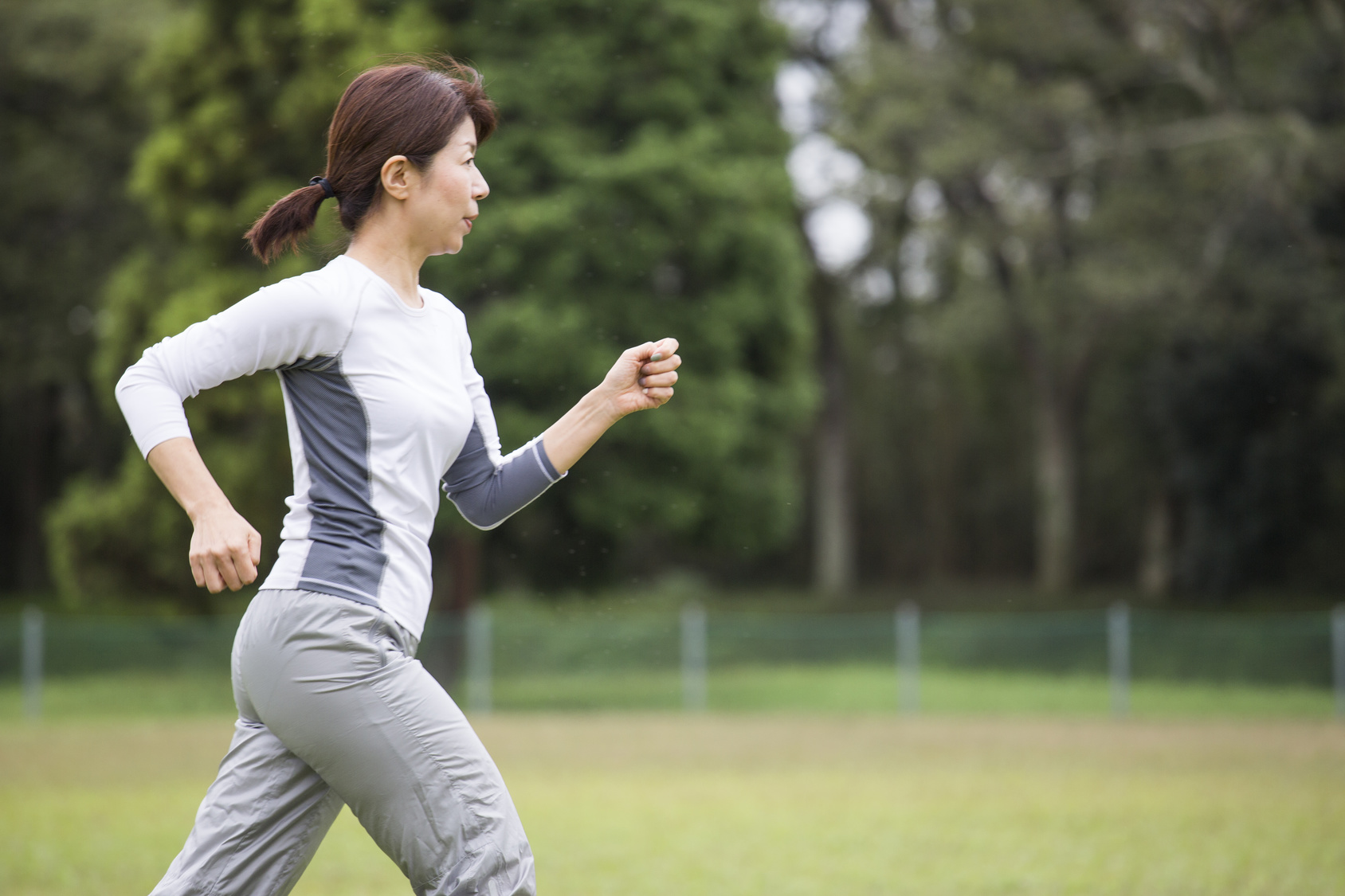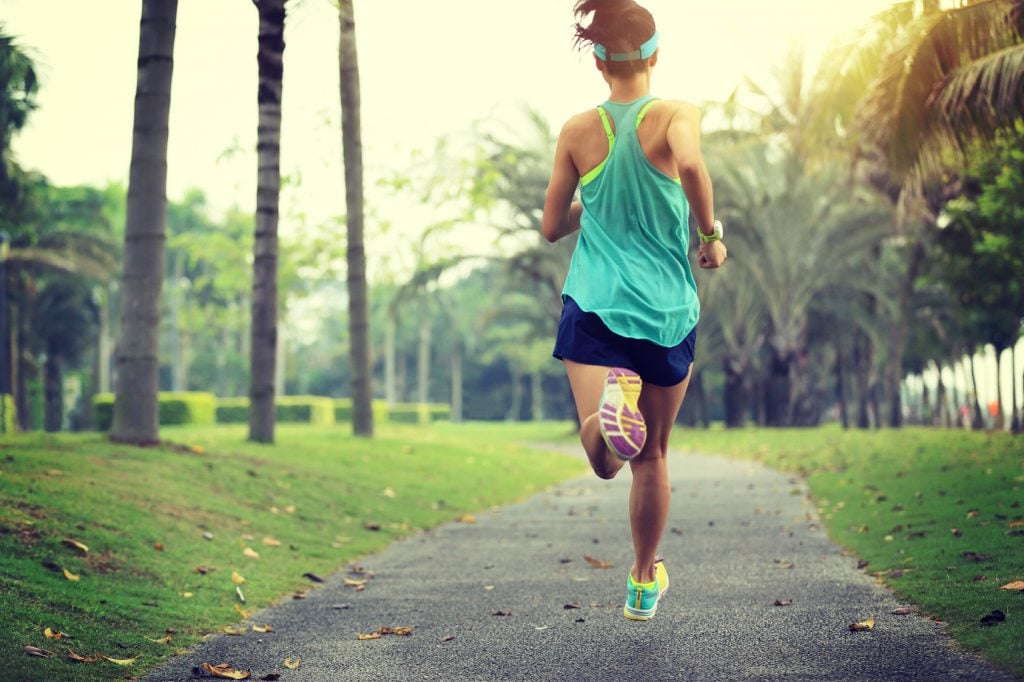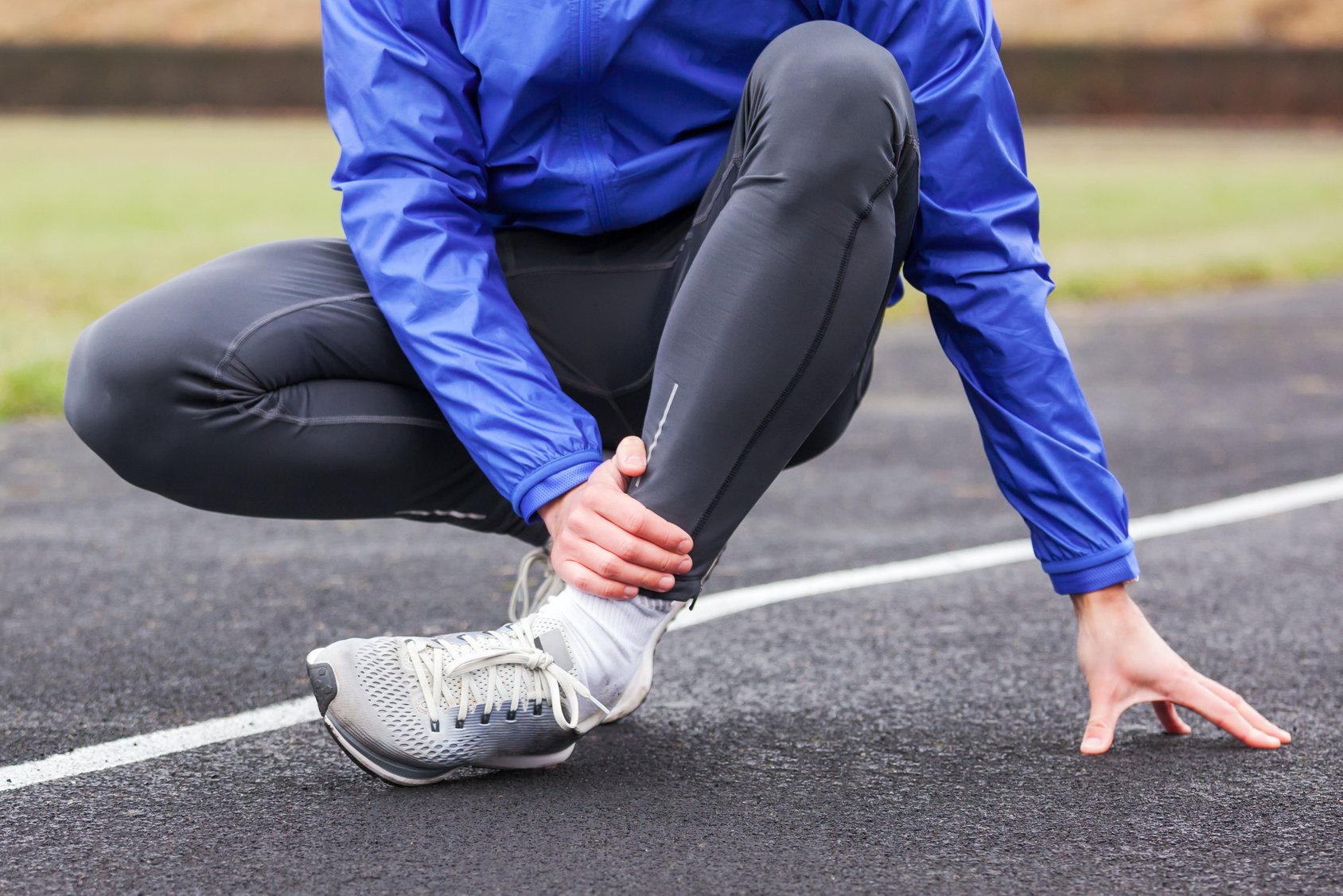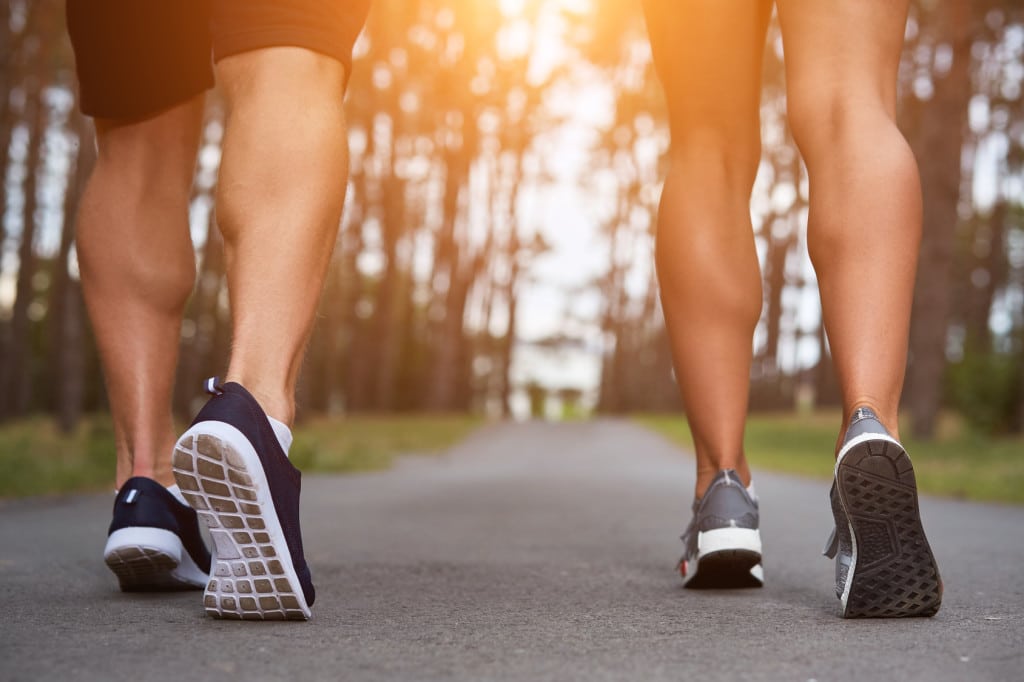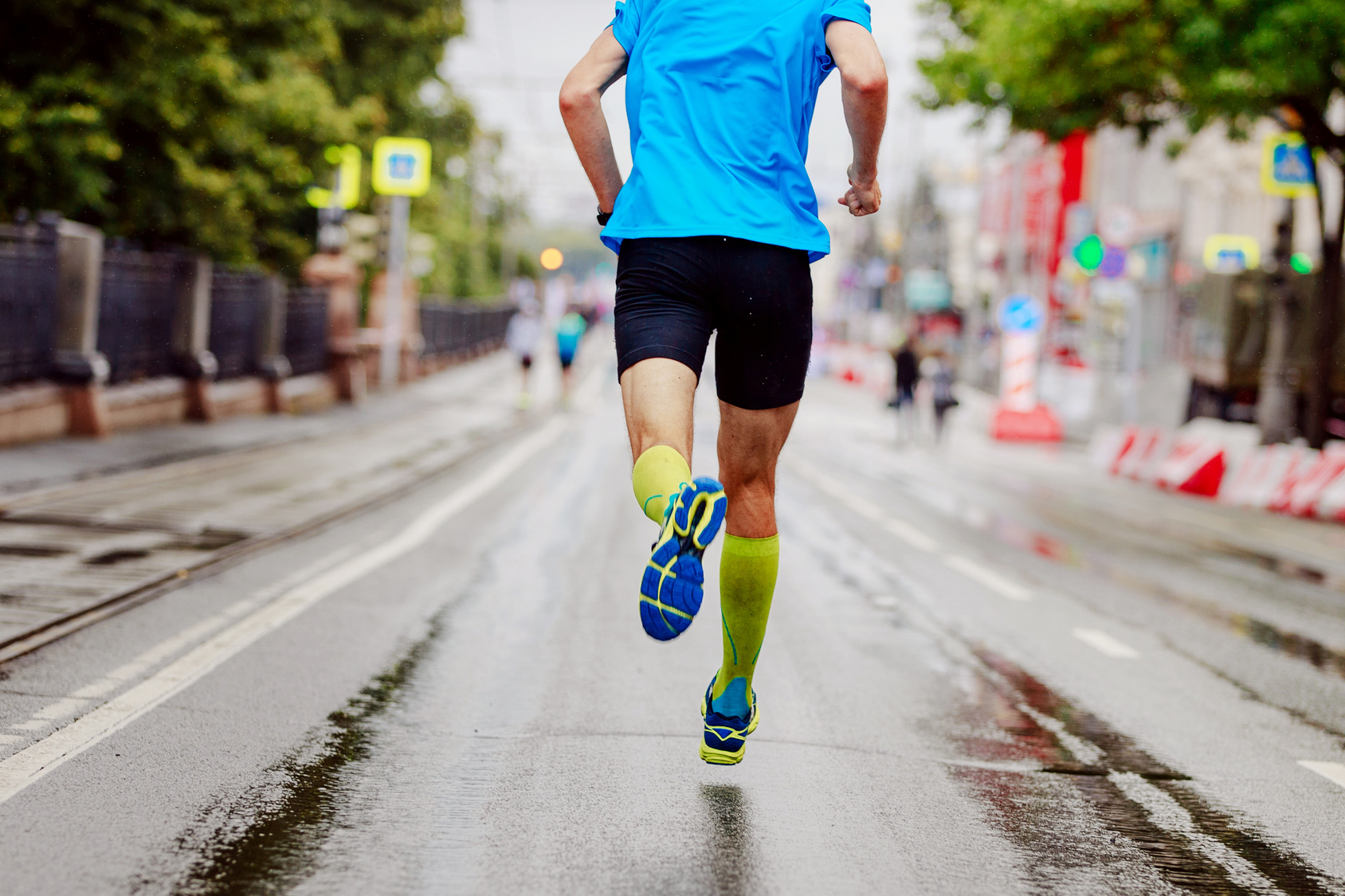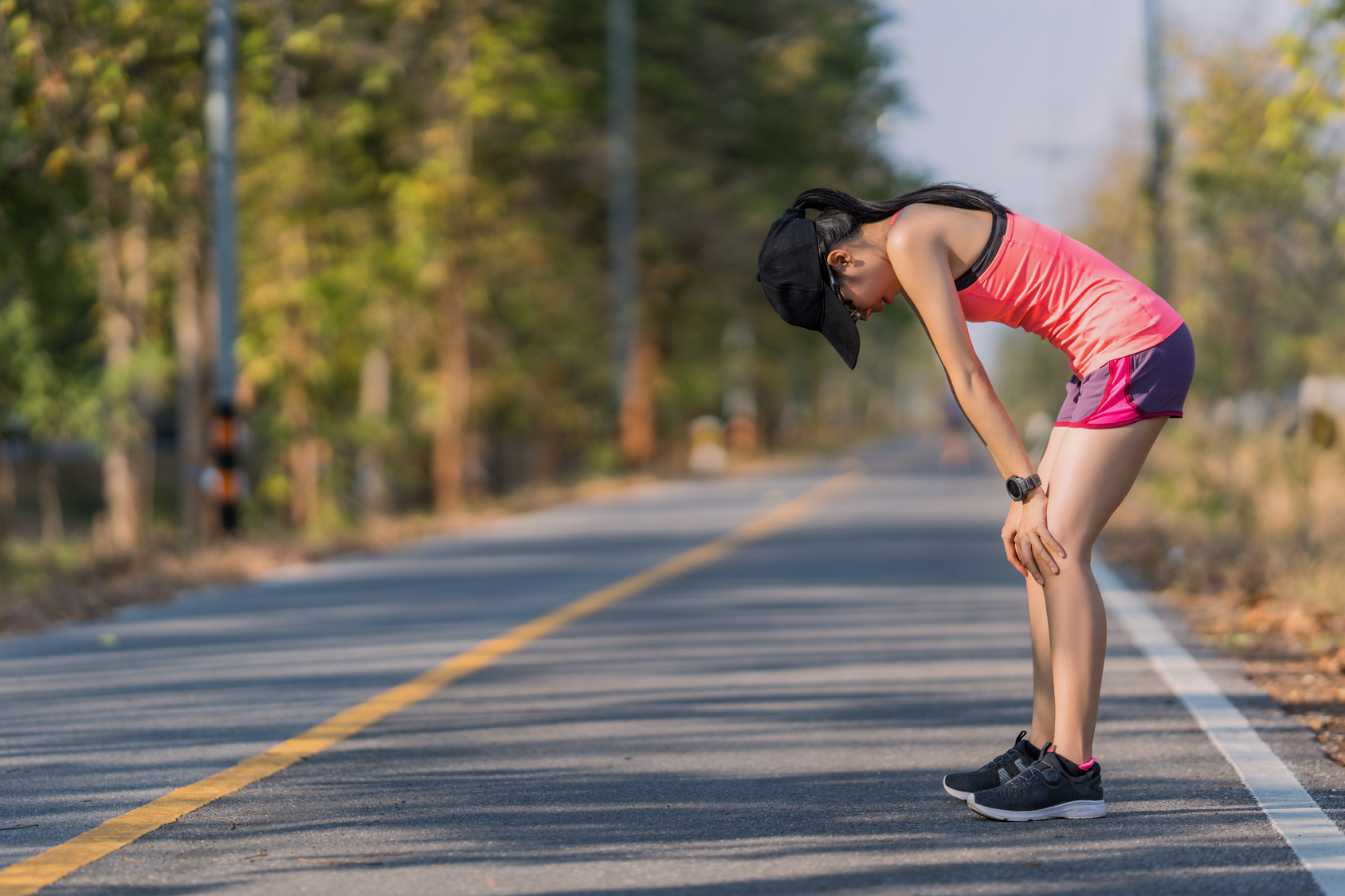If you’re a runner keen on understanding the intricacies of your body, exploring the role of the diaphragm is a smart move.
I’ve always been intrigued by how my body functions, especially as a runner. One muscle that has caught my fascination is the diaphragm. Tucked neatly below the lungs and heart, this dome-shaped marvel is not just a separator between the chest and abdomen; it’s vital for the respiratory process.
In this post, we’re going to delve into the world of the diaphragm. We’ll cover its anatomy and functions, discuss the implications of a weak diaphragm, and, most importantly, explore ways to strengthen it.
Ready to learn how to breathe easier and run better? Let’s dive in!
Anatomy of the Diaphragm
The diaphragm sits at the base of the ribcage, acting as a physical barrier between the thoracic cavity (housing the heart and lungs) and the abdominal cavity.
When it comes to structure, the diaphragm is a dome-shaped muscle composed of muscle fibers and a central tendon. This design allows for effective contraction and relaxation, essential for breathing.
Attachment also matters. The diaphragm connects to the lower ribs, sternum, and spine, providing a wide base that facilitates its movements.
Role in the Respiratory System:
When you inhale, the diaphragm contracts and flattens, moving downward. This increases the thoracic cavity’s volume, creating a vacuum that draws air into the lungs.
As your diaphragm relaxes and resumes its dome shape, it reduces the thoracic cavity’s volume, pushing air out of the lungs.
The Diaphragm’s Role in Breathing Mechanics
The diaphragm’s role in breathing mechanics, especially in relation to physical activities like running, has been extensively examined, and the research has emphasized its importance in athletic performance.
One example is a study in the Journal of Applied Physiology. This study found that trained runners have stronger and more enduring diaphragm muscles compared to those who are sedentary. This strength enables them to maintain efficient breathing patterns even during intense exercise.
Another research piece in the Journal of Sports Science and Medicine indicated that diaphragmatic breathing exercises could improve respiratory muscle strength and endurance in athletes, thereby boosting their overall performance.
Diaphragm’s Role During Running
As you run, the diaphragm works tirelessly, contracting and relaxing with each stride. This movement is crucial for controlling the flow of air in and out of your lungs, essentially acting as the engine for your respiratory system.
Its primary function during inhalation is to contract and move downwards, enlarging the chest cavity and allowing the lungs to expand, thereby drawing in air.
During exhalation, the diaphragm relaxes and returns to its dome shape, decreasing the chest cavity space, compressing the lungs, and pushing air out.
Efficient Oxygen Exchange:
Diaphragmatic breathing, characterized by deep and rhythmic breaths, is vital for maximizing lung capacity. This breathing style allows for a more significant exchange of oxygen and carbon dioxide, crucial for intense physical activities.
Deep breaths taken by the diaphragm improve oxygenation of the blood, providing more oxygen to the muscles and organs. This is particularly beneficial during demanding activities like running.
Additionally, diaphragmatic breathing can activate the parasympathetic nervous system, aiding in relaxation and stress reduction, which are beneficial for overall health and recovery.
What’s more?
It’s essential to gradually train and strengthen the diaphragm, especially for running, which demands high respiratory efficiency. Pushing the diaphragm too hard without proper conditioning can lead to discomfort and reduced performance.
Common Breathing Issues in Runners
If you run often, then you must have experienced more than a few breathing challenges that can impact your performance and comfort. More than likely, some of the issues have a connection diaphragmatic function, and understanding this link is key.
Let’s look at some of these issues:
Shallow breathing
This occurs when breaths are taken primarily from the chest rather than the diaphragm. This in turn leads to to less efficient breathing as it doesn’t fully utilize lung capacity, resulting in quicker fatigue and reduced oxygen delivery to muscles.
However, effective diaphragmatic function promotes deep, full breaths, enhancing oxygen intake. Weak or underutilized diaphragmatic muscles can lead to a reliance on chest muscles for breathing, causing shallow breaths.
Side Stitches:
Known as exercise-related transient abdominal pain, these are sharp pains usually felt just below the ribcage. Common causes include inefficient breathing patterns and inadequate core strength.
I hate to sound like a broken record, but a strong diaphragm is integral to core stability. Weak diaphragmatic muscles, combined with poor breathing techniques, may contribute to side stitches due to stress on abdominal muscles.
Exercise-Induced Bronchoconstriction (EIB):
A condition where runners experience a narrowing of the airways during intense exercise, causing breathing difficulties.
While various factors can trigger EIB, efficient diaphragmatic breathing can aid in managing its symptoms.
Techniques for Strengthening the Diaphragm In Runners
I hate to state the obvious, but by now you should realize that in order to improve your lung power and respiratory efficiency, upgrading the function of your diaphragm is the way to go. Worry no more.
Here are some exercises, techniques, and strategies that can help:
Diaphragmatic Breathing Exercise:
This is a key exercise for runners. It involves taking deep breaths using the diaphragm rather than shallow chest breathing. To practice, lie on your back or sit comfortably, place one hand on your abdomen and the other on your chest, and breathe deeply so that your abdomen rises more than your chest.
Regular practice of diaphragmatic breathing not only strengthens the diaphragm but also improves overall respiratory efficiency. This leads to better oxygenation during running, which can enhance endurance and performance.
Balloon Blowing:
Inflate a balloon. This simple exercise engages and strengthens the diaphragm effectively.
Sniffing Exercise:
Perform short, sharp sniffs followed by a long, slow exhale. This mimics the quick inhalation effort required by the diaphragm during high-intensity activities.
Conclusion
In summary, while the risk of diaphragm injury from running is relatively low, understanding its role and ensuring its strength and resilience can contribute significantly to your respiratory efficiency and overall running performance.
Regularly practicing diaphragmatic breathing can enhance lung capacity, improve oxygen delivery to muscles, and support better endurance and recovery for runners.

